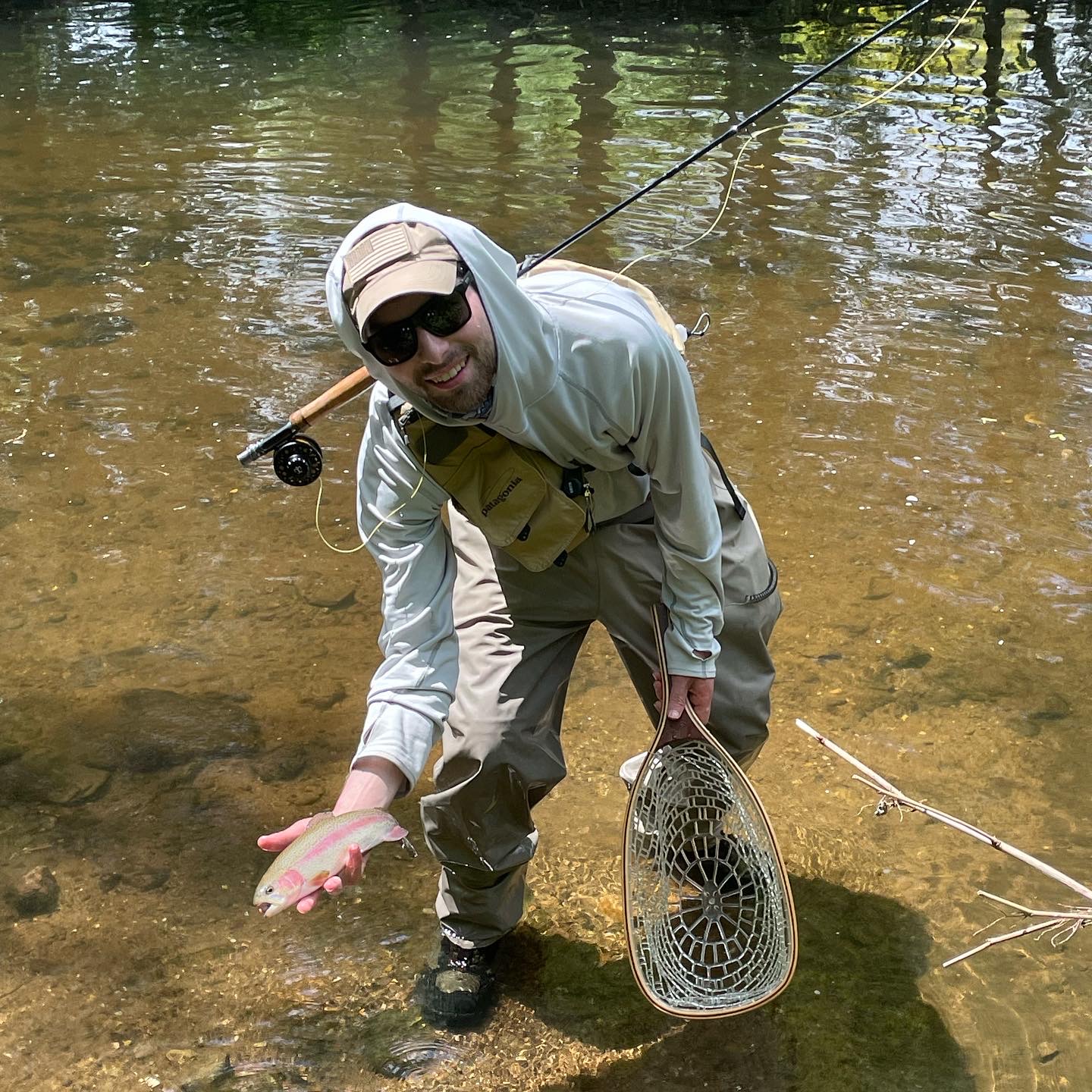Exploring the Pros and Cons of Garden Cultivation: To Till or Not to Till?
- Kevin Bombace

- Jul 25, 2023
- 3 min read
Title: Exploring the Pros and Cons of Garden Cultivation: To Till or Not to Till?
Introduction:
When it comes to garden cultivation, the choice between tilling and not tilling is a decision that gardeners grapple with. Traditional tilling involves breaking up the soil, while alternative methods promote minimal disturbance or no-till approaches. In this blog post, we'll explore the pros and cons of both approaches, consider why gardeners choose one method over the other, and highlight the benefits each offers to the land and gardens.
1. Pros and Cons of Garden Cultivation:
Pros of Tilling or Cultivating:
- Weed Control: Tilling helps to uproot weeds, bury their seeds, and disrupt their growth cycle, minimizing competition with garden plants.
- Soil Aeration: Cultivating the soil through tilling promotes air circulation, improves drainage, and encourages root development.
- Nutrient Incorporation: Tilling enables the incorporation of organic matter, compost, and fertilizers into the soil, providing essential nutrients to plants.
Cons of Tilling or Cultivating:
- Soil Erosion: Frequent tilling can disturb the soil structure, making it vulnerable to erosion by wind and water, leading to nutrient loss and reduced soil fertility.
- Soil Disturbance: Tilling disrupts the soil ecosystem, affecting beneficial microorganisms and earthworms, potentially impacting soil health.
- Weed Resurgence: Tilling can inadvertently expose buried weed seeds to light, triggering their germination and increasing weed populations.
2. Pros and Cons of Not Tilling or Cultivating:
Pros of Not Tilling or Cultivating:
- Soil Conservation: Adopting no-till or minimal tillage practices helps preserve the soil structure, reducing erosion and maintaining soil health.
- Enhanced Soil Health: Minimal disturbance promotes the abundance of beneficial soil organisms, improving soil fertility and long-term sustainability.
- Water Retention: By avoiding tilling, organic matter accumulates, enhancing the soil's water-holding capacity, reducing the need for irrigation, and improving drought resilience.
Cons of Not Tilling or Cultivating:
- Weed Management: No-till practices require alternative weed control strategies, such as mulching, hand weeding, or the use of cover crops to suppress weed growth effectively.
- Nutrient Distribution: Without tilling, distributing nutrients evenly throughout the soil can be challenging, requiring precision application methods or the use of organic amendments.
- Initial Transition Challenges: Shifting to no-till practices may involve a transition period as the soil adjusts, potentially affecting crop yields temporarily.
3. Factors Influencing the Choice:
The decision to till or not till depends on various factors:
- Soil Type: Heavy clay soils may benefit from occasional tilling to improve drainage, while light sandy soils might be better preserved through no-till practices.
- Garden Size and Type: Small-scale gardeners may find hand cultivation sufficient, while larger plots might require mechanized tilling for efficiency.
- Crop Rotation and Cover Crops: No-till practices often integrate cover crops and crop rotation to manage weeds, improve soil fertility, and reduce disease pressure.
Benefits for the Land and Gardens:
Both tilling and no-till approaches offer benefits to the land and gardens:
- Soil Health: Proper management in both methods can enhance soil fertility, structure, and organic matter content, promoting healthier plant growth.
- Water Conservation: Both approaches contribute to improved water retention in the soil, reducing water requirements for garden plants.
- Biodiversity and Wildlife: No-till practices can foster diverse soil organisms and beneficial insects, supporting a healthy garden ecosystem.
The choice between tilling and not tilling is influenced by multiple factors, including soil type, garden size, and crop rotation. While tilling can provide immediate weed control and nutrient incorporation, no-till practices offer long -term soil conservation and improved soil health. Consider your specific garden needs, sustainability goals, and available resources to make an informed decision that best suits your gardening style and supports the overall health of the land and garden.

Comments